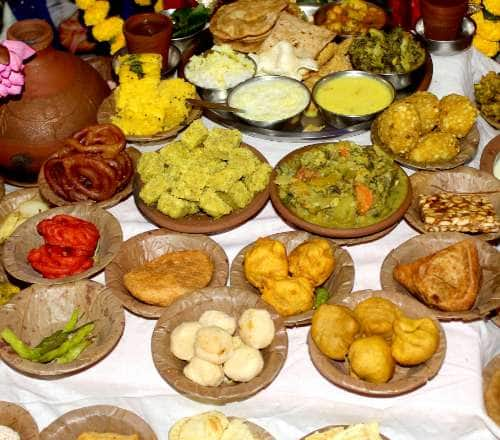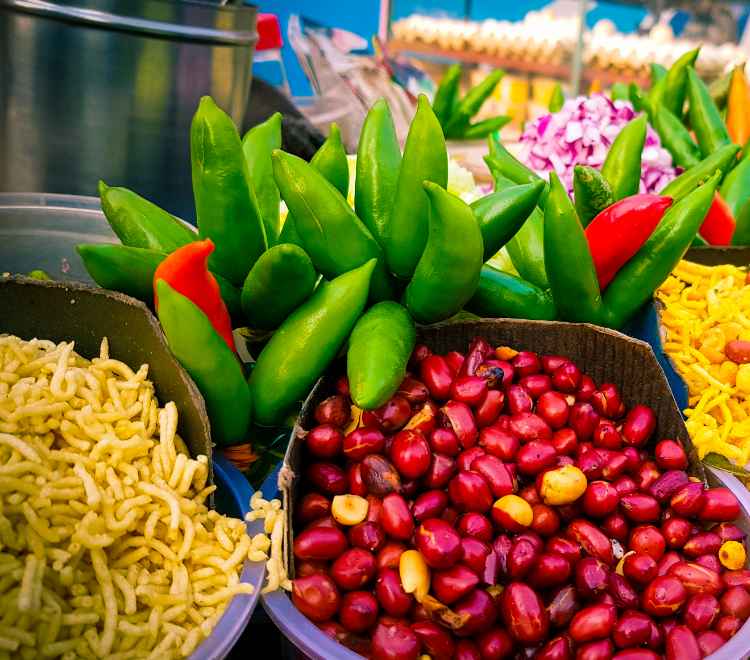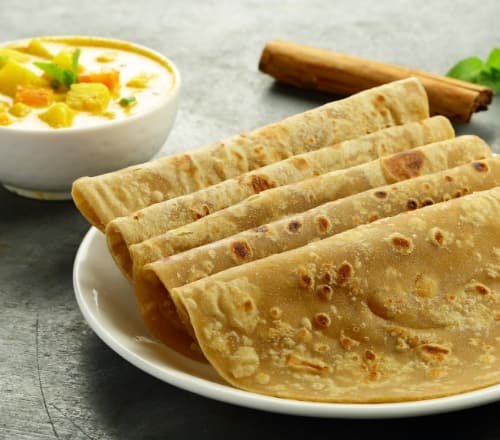Stay logged in to proceed with bookings, orders and offers.
On changing the terminal, you will loose items in your cart. Are you sure you want to change your terminal?
Religion and food are closely linked in India and almost every temple tells a magnificent culinary tale associated with its presiding deity
As a devoted Hindu, I always make it a point to visit a temple during my travel assignments. It always has been intriguing for me to see that though every temple has its own tradition and pujas, they have one thing in common—the edible offering or the prasad. My mother and grandmother, before every meal, offered a portion of the food to God first. They taught me to treat food as God and often said that anna is Lord Brahma, the Creator. They were right, as food helps maintain good health. This explains why food plays an important role in pujas and other religious ceremonies.
Every day, I visit temples to engage in prayer and present offerings of food and sweets, with the hope that these offerings find favour with the divine. I believe that when God tastes these offerings, they are transformed into sacred prasad. This prasad, now imbued with the blessings of the divine, becomes a symbol of God's benevolence and compassion, and I partake in it as a testament to His boundless mercy. Prasad, in fact, literally means mercy, favour, or grace. The religiosity of the prasad comes from its contact with the deity, and hence its sacredness. Mahaprasad or Mahabhog—the ultimate of all prasad—is served in the form of a full meal at many temples. I have always found sattvic temple food (cooked slowly over a wood fire on a chulha in clay pots) to be simple, light, and easy to digest. The prasad is delicious as the cooking is done in the Ayurvedic sequence of bitter to sweet. Care is taken that the prasad is categorised according to four recognisable kinds of taste—sweet, sour, salty, bitter—and two not-so-evident tastes—pungent and astringent—as defined by Ayurveda. Over the years, I have come across types of temple food that contain various rice dishes of different flavours. Khichdi, a bland mixture of rice and lentils, is also prepared. Vegetable curries and a variety of dals made of different local lentils, and flavoured with salt, ginger, and turmeric are also cooked. In drinks, they offer milkshakes sweetened with jaggery and flavoured with dried ginger, cardamoms, etc. The large variety of sweets flavoured with cinnamon and saffron, and served as prasad, are always my favourites and I make it a point to take a second serving.
For me, food cooked in temple kitchens is a true representation of our age-old heritage. There were occasions when I visited a few temple kitchens. I have always found them to be huge, and the one at Jagannath Temple in Puri is worth mentioning here. I was told by priests at the Jagannath Temple at Puri that it has the distinction of being the largest vegetarian, sattvic kitchen in the world. It truly was a huge kitchen and I was amazed to see multiple small kitchens inside the main kitchen. The main cooks, who are also the priests at the temple, cook the food over hundreds of chulhas for Lord Jagannath. They are helped by hundreds of junior cooks. It was great to attend the chulha firing ceremony, where the chulhas were filled with charcoal and wood, and then the Fire God was invoked by chanting mantras. The chief cook at Puri temple informed me that this practice has been followed for ages. I was also told to cover my nose and not inhale the fragrance of the food being cooked; the priests believe that no human should smell the food before it is offered to God. It always is a matter of amusement for me when I visit the Jagannath Temple, a 12th-century temple in Puri in Odisha where more than 25,000 people are fed every day. The number of people fed on festival days is around 1 lakh. On each of my visits, I have been intrigued to see the mountain of food, a platter of 56 dishes, i.e., the Chhapan Bhog, being offered to the deity. But, even after almost 20 visits to Puri, I am yet to taste every dish from the Chappan Bhog. It was difficult for a devotee like me to taste the entire platter of food that matches the lifestyle of Lord Jagannath. I have often seen the Mahaprasad contain more than 56 dishes; often the number runs into hundreds. The number of sweet dishes in Mahaprasad itself is over 50 dishes, including several types of khajja, laddoo, malpua, kheer, and rasagulla. Jagannath temple has a unique practice—the Mahaprasad here is not distributed among the devotees free of cost. Instead, it is sold to the devotees at a nominal cost by the priests who cook the food.
I visited Tirupati Balaji or Venkateswara Swamy Temple in Andhra Pradesh to get Balaji's blessings. I have always loved the prasad from its delicious king-sized laddoos. I also savoured a nourishing meal of south Indian dishes under the 'Annadanam' program. It was heartening for an environment-conscious person like me, to know that the meals are cooked on solar equipment by a team of over a thousand cooks. The prasad at Tirupati Balaji Temple is served to everyone visiting the temple on a daily basis, free of cost. After the nourishing meals, I collected miniature versions of laddoos that are given to everyone visiting the temple and bought a few bigger ones to bring back home for distribution.
While founding Sikhism, Guru Nanak Sahib, the first Guru of the Sikh faith, implemented the concept of free meals, or langar, to be served to every visitor. This practice is followed at gurudwaras all over the world. The Golden Temple (Sri Harmandir Sahib) langar in Amritsar, Punjab is the most notable out of all the Gurudwara langars in India. Almost 1 lakh people are served langar daily at the Golden Temple. Visitors of any faith, caste, creed or social status are offered simple hot meals served by volunteers. Although I have never had a chance to taste the langar at Golden Temple, I have never missed taking the Kadha Prasad, a sweet dish of wheat flour, sugar, and clarified butter that is distributed indiscriminately to every devotee coming to the gurudwara.
Being a traveller, I think of the religious practice of distributing prasad to be a sure-shot opportunity to boost tourism in India. And today, the ancient Indian temple recipes, based on Ayurvedic principles, are global trendsetters in the world of gastronomy. Many international tourists and locals today visit these temples to taste and learn about temple food. All these culinary dishes, recipes, pickling techniques, and ingredients have a big potential to boost (food) tourism and promote India as a travel destination.





The Adani One expressly disclaims all liability, direct and indirect, in respect to actions taken or not taken based on any or all the contents of this Blog. The Blog is an opinion of the contributor based on the collation of data from various sources and is provided only for information purpose. Adani One does not canvass, advertise, solicit, invite or induct for any product, merchandise, information, brand or any other materials mentioned in the Blog, nor does it obtain any monetary benefit from the same. Reader is advised to read and apply his/her intellect and discretion in this regard. Any Intellectual Property mentioned in this blog belongs to the rightful owner. We do not intent to claim any interest over the same.